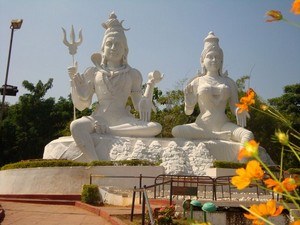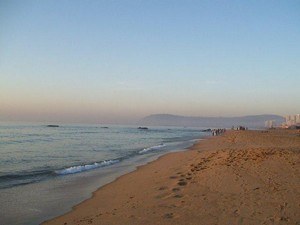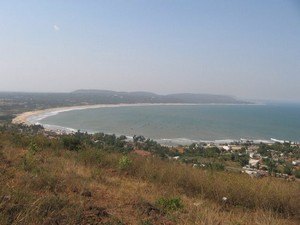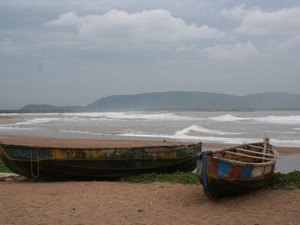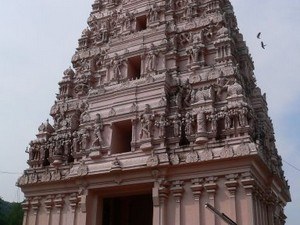Bojjanna Konda / Sankaram, Vizag - Timings, History, Architecture, Best Time to Visit
 #18 of 30 Places to Visit in Vizag
#18 of 30 Places to Visit in Vizag
 Distance (From Vizag): 42 Kms
Distance (From Vizag): 42 Kms
 Trip Duration (Including Travel): 3-4 Hours
Trip Duration (Including Travel): 3-4 Hours
 Place Location: Near Anakapalli
Place Location: Near Anakapalli
 Transportation Options: Bus / Cab
Transportation Options: Bus / Cab
 Travel Tips: None
Travel Tips: None
At a distance of 3 km from Anakapalle, 18 km from Kondakarla, and 42 km from Vizag, Bojjannakonda and Lingalakonda are two Buddhist rock-cut caves on adjacent hillocks, situated near Sankaram village, Andhra Pradesh. It is one of the popular historical places in Andhra and among the must include places in Vizag Tour packages.
Bojjanakonda and Lingalakonda are known for the Buddhist ruins. The hills contain numerous monolithic stupas, rock-cut caves, structural buildings and images of Buddha forming one of the most remarkable Buddhist establishments in Andhra Pradesh during the period from the 4th to the 9th Century CE. The name of the village Sankaram is evidently a corruption of Sangharam (Boudha-arama, i.e., vihara) as these Buddhist establishments are generally known.
Bojjannakonda has six rock-cut caves, a group of stupas surrounding a maha stupa and chaityas surrounding the maha stupa. The caves have panels that have been meticulously sculptured. The main cave is comparatively larger and has sixteen pillars. It has a monolithic stupa right in the centre, creating a pathway around the stupas for pradakshina. The dome of several stupas is made of bricks. Two of these brick stupas hold stone relic caskets or miniature stupas. The cave has two levels - the top level has a carving of Gautam Buddha where he can be seen sitting in a lotus position/ meditating posture with attendants around him. At the foothills, an image of a Buddhist Monk, Harati, can also be found.
Lingalakonda also has several caves cut into the rock that has stupas with Buddha statues. Generally, the monuments here are not as large as those at Bojjannakonda. It is used by local people to celebrate Vaisakha Pournami, the birthday of an important Hindu deity. There have been incredible finds of coins, tablets, and other items located at the site which indicates that local aristocrats and kings made generous donations to the Buddhist community who lived at nearby Sankaram until at least 1000 AD.




